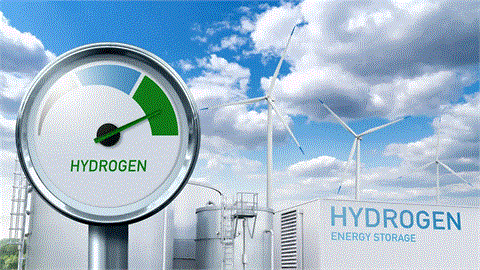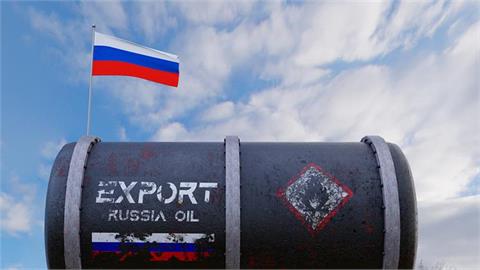by Emiliano Bellini* Arvind Shah, a professor at École polytechnique fédérale de Lausanne, and Meyer Burger former Chief Innovation Officer Sylvère Leu recently spoke to pv magazine about the future of heterojunction PV modules. They said the tech is mature and can now compete on cost with PERC panels in projects – particularly in hot, humid environments.
Prof. Shah, in “Solar Cells and Modules,” recently published by Springer, you devote an entire chapter to the pros and cons of heterojunction (HJT) solar. Do you think the advantages of HJT cells now outweigh the challenges still facing this technology?
Arvind Shah: Yes, they have more than offset the challenges. The main problem with HJT technology is that if you already have a traditional plant running on PERC modules, then changing that plant into an HJT plant does not make economic sense. But if you start from scratch, then it can be advantageous to build an HJT plant, because electricity produced by PV installations equipped with HJT panels will be cheaper. Additionally, HJT module fabrication plants will become even cheaper, as more and more plants with HJT technology are built.
Sylvère Leu: They will be particularly cheaper in terms of investment, surface, and energy consumption.
There are concerns about degradation mechanisms that could affect the long-term performance of such cells in the field. In particular, HJT cells are susceptible to light-induced degradation (LID) and light and elevated temperature-induced degradation (LETID). Do you believe these concerns are still justified?
Shah: I disagree at least in part. While not completely LID-free, as for example n-type PERC cells, HJT cells and modules are in my experience less susceptible to these degradation mechanisms than traditional p-type PERC cells and modules. To go into the details, LID is mainly linked to the presence of boron-oxygen complexes; these are not present in n-type HJT cells. LETID is reported to have been caused inter alia by a rapid cooling step during the production process. As low-temperature processes are employed to produce HJT cells, such rapid cooling steps are not used in the fabrication of these cells. However, to date, not enough is known about the degradation mechanisms in HJT cells and modules.
Leu: Note that to increase quality and longevity, HJT cells are encapsulated in thermoplastic polyolefin (TPO), rather than ethyl vinyl acetate (EVA), and often laminated in double glass. Therefore, the HJT modules are also suitable for use in very humid and hot climates.
(to continue reading, visit pv-magazine)
* Emiliano joined pv magazine in March 2017. He has been reporting on solar and renewable energy since 2009. Emiliano is responsible for the daily news coverage on pv-magazine.com with a particular focus on European market. Emiliano also covers new technology, R&D, installations and company financial reporting. In its previous experience as a journalist, Emiliano has written about EdTech and new language technologies.




